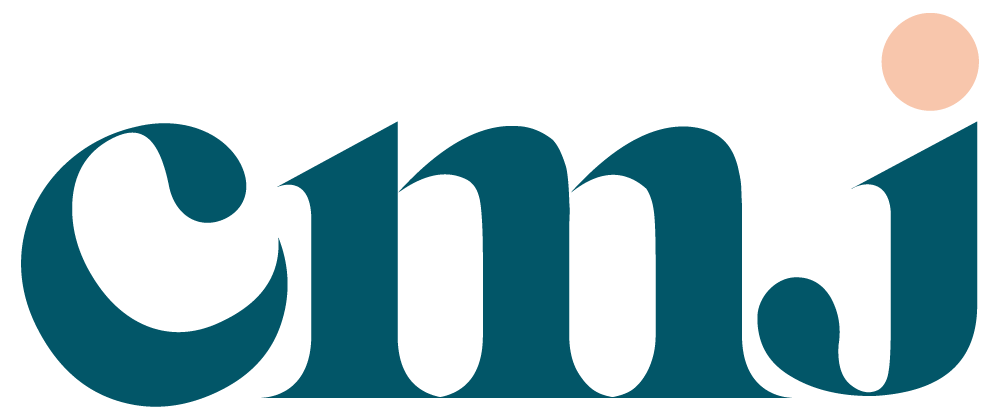When Does Digital Connection Do Harm?
Note: This post originally appeared in the Gather Community Consulting Newsletter.
There is a popular modern saying you have probably heard many times: we are more connected today and yet more alone than ever before.
It's a catchy turn of phrase.
But is it really true?
A few weeks back, I examined a 2019 meta-analysis (a meta-analysis is a study that sums up many other studies), attempting to answer that question. The meta-analysis combines findings from 124 different studies about digital communication use and psychological well-being. It cuts through the noise of nearly two decades of research to tell us whether digital connection promotes well-being.
This study cuts through the noise of nearly two decades of research to tell us whether digital connection promotes well-being.
The study aimed to reveal how the type and purpose of media usage (of telephones [for calling], texting, IMing, SNS, and online gaming) impact user well-being.
What they found was consistent: When we connect digitally to strengthen strong-tie relationships, our well-being typically increases.
When we connect digitally and displace time spent strengthening strong ties, well-being decreases. These findings are consistent with the "displacement hypothesis," for you social science nerds, which was introduced by Robert E. Kraut and five other researchers in 1998.
In addition, the researchers found that online gaming and social media usage for content consumption has a strong correlation with negative well-being. However, when using social media for self-presentation or entertainment, the correlation between usage and well-being is positive. So your personal branding projects and funny Tik Tok video consumption can be useful, as long as you're not displacing time spent on strong-tie relationships and are focused on the entertainment or self-esteem-building aspects of these activities.
Of course, there is a significant caveat: the "file drawer" phenomenon, in which studies without substantial findings do not often get published, so they cannot be part of a big meta-analysis like this. That means the association between these variables may not be as strong as the data would lead us to believe. So let's continue to be skeptical and ask questions, k?
When we connect digitally to strengthen strong tie relationships, our well-being increases.
You've likely heard the argument that tech is not the problem; it's how people use it. While there is a massive power imbalance between us individually and tech giants who design addictive social experiences, this study shows there is truth to that statement.
One major takeaway for you as a community builder who may connect people digitally: be clear about the kind of connections members will find in your community. If you're forging strong-tie relationships, keep going. If you do not strengthen strong ties at all in your brand community, then make using the community as efficient as possible.
At some point, if you only foster weak ties or no ties at all, you may be building more of a content hub or network than a community, but at least you're not inadvertently impacting people's well-being by displacing time they could otherwise spend with loved ones. And make it easy for people to discover weak ties that may one day turn into strong relationships -- subgroups enable this, as do specific events.
Also, not everyone is going to form strong relationships. In my last newsletter, I talked about the 80/20 rule. That holds true here too. Are you doing anything to cement strong-tie relationships, at least for a subset of your community? If not, you may be doing damage. Only you will know for sure.
Your friendly neighborhood community builder ⭐
Carrie Melissa Jones
Founder, Gather Community Consulting
More Resources
You can grab the PDF of the original study from Oxford University Press here. The Journal of Computer-Mediated Communication (JCMC) is one of the top-rated communication journals and gives open and free access to all its articles, which is rare among academic journals. Enjoy!
I just released a fresh and free guide to setting KPIs for your community. Brands must define meaningful, customized outcomes for their communities. After helping many brands do just that, I figured it was time to share my process with you.



